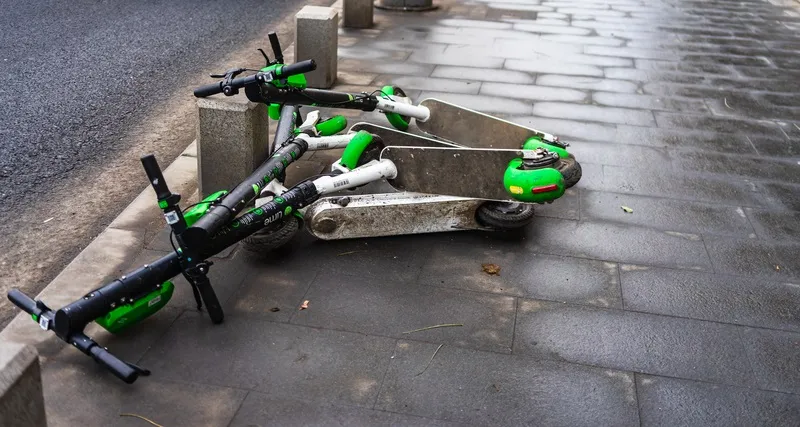A road junction in Merseyside, UK, has become a hotspot for life-threatening incidents to construction workers, says
Contractors have reported 23 incidents in two months where their safety has been put at risk by drivers ignoring overnight closures.
Road users have driven into roadworks for the £3m improvement project at Switch Island, where the M57, M58 and three A roads all join.
One lorry driver travelled through the construction area without stopping - forcing workers to get out the way quickly - while another incident involved a motorcyclist swerving around a worker. Meanwhile, a 4x4 driver swore at a worker who tried to offer advice before driving away.
Highways England says there are nearly 300 incidents per week of road users driving into coned-off construction areas where road workers are based at motorways and major A roads.
In addition, findings revealed there were over 1,200 incidents in the north-west of England alone during a three-month period last year.
Phil Tyrrell, Highways England project manager for the Switch Island scheme, said the upgrade will offer better journeys through the junction.
“Drivers who selfishly and illegally ignore the closures to force their way through are putting both their lives and those of our road workers at risk – all to save a few minutes on their journeys.”
The Switch Island improvement scheme includes changes to the road layout and lane markings, new barriers between carriageways, coloured high friction surfaces, better signs and a new 400m shared cycle path.
LED lights similar to an airport runway are also being implemented in the road surface which will light up when traffic lights turn green to help drivers see which lane to follow.
New road signs will be displayed on three new gantries over the A5036 Dunnings Bridge Road, A59 Ormskirk Road and A5758 Brooms Cross Road to help drivers get into the correct lane to continue their journeys.
Drivers urged: ‘Don’t put road workers lives at risk’
A road junction in Merseyside, UK, has become a hotspot for life-threatening incidents to construction workers, says Highways England. Contractors have reported 23 incidents in two months where their safety has been put at risk by drivers ignoring overnight closures. Road users have driven into roadworks for the £3m improvement project at Switch Island, where the M57, M58 and three A roads all join. One lorry driver travelled through the construction area without stopping - forcing workers to get out
May 23, 2018
Read time: 2 mins







